الأحجار الكريمة، التي غالباً ما يُشار إليها باسم "الأحجار الكريمة" أو "الأحجار الكريمة"، هي معادن طبيعية معروفة بجمالها ومتانتها وندرتها. وعلى مدى قرون، كانت الأحجار الكريمة رمزاً للثروة والقوة والحب، ولعبت أدواراً هامة في الثقافات والتقاليد في جميع أنحاء العالم. تتنوع الأحجار الكريمة من الأزرق الغامق لأحجار الياقوت الأزرق إلى الأحمر الناري لأحجار الياقوت الأحمر، وتتنوع ألوانها وتتنوع ألوانها، ولكل منها قصتها وجاذبيتها الفريدة.
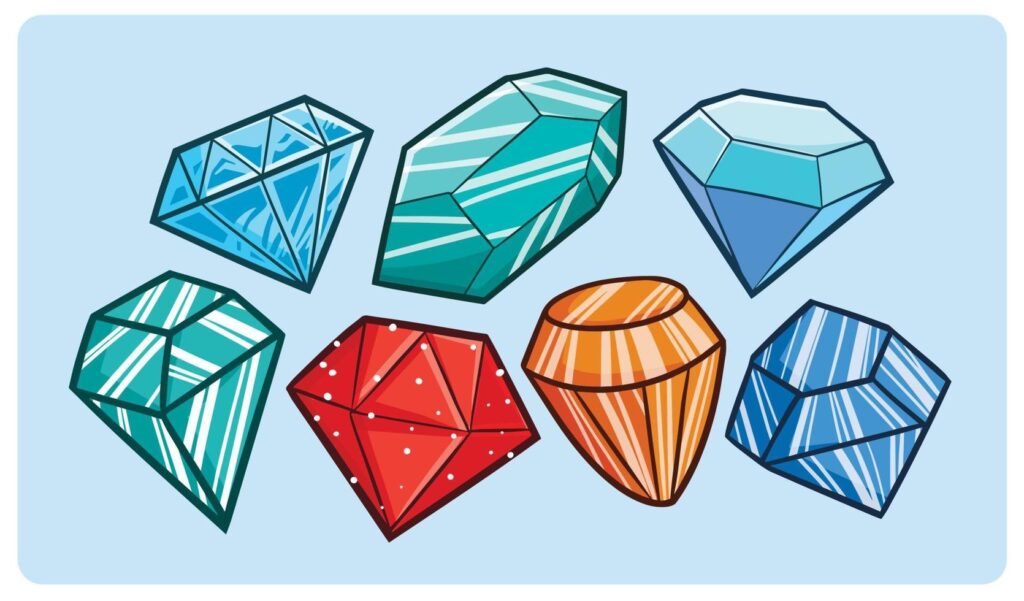
تكوين الأحجار الكريمة
تتشكل الأحجار الكريمة في أعماق الأرض تحت ظروف قاسية من الحرارة والضغط الشديدين. تتسبب هذه العمليات الطبيعية في تبلور بعض المعادن على مدار ملايين السنين، مما ينتج عنه الأحجار المذهلة التي نراها اليوم. يتأثر اللون والصفاء والخصائص الأخرى للأحجار الكريمة بالمعادن والعناصر المحددة الموجودة أثناء تكوينها.
وتتكون بعض الأحجار الكريمة، مثل الألماس، من عنصر واحد (الكربون في حالة الألماس)، بينما تدين أحجار أخرى، مثل الزمرد، بلونها وخصائصها إلى مزيج من العناصر. تتسم عملية تكوين الأحجار الكريمة بالتعقيد وتختلف بشكل كبير بين أنواع الأحجار المختلفة، مما يجعل كل حجر كريم فريداً من نوعه.
أنواع الأحجار الكريمة
تُصنف الأحجار الكريمة عادةً إلى نوعين رئيسيين: الأحجار الكريمة وشبه الكريمة. ويستند هذا التصنيف إلى ندرتها وقيمتها وأهميتها التاريخية.
الأحجار الكريمة الثمينة:
- الأحجار الكريمة الثمينة هي الأحجار الكريمة الأكثر قيمة والأكثر طلباً. والأنواع الأربعة الرئيسية للأحجار الكريمة الثمينة هي:
- الالماس: يشتهر الماس بصلابته وتألقه الذي لا مثيل له، وهو أشهر الأحجار الكريمة. ويرتبط عادةً بالحب وهو الخيار التقليدي لخواتم الخطوبة.
- الياقوت: يرمز الياقوت بلونه الأحمر الغامق إلى العاطفة والحب والقوة. الياقوت عالي الجودة أندر من الماس، مما يجعلها ذات قيمة عالية.
- الياقوت: يشتهر الياقوت الأزرق النابض بالحياة بلونه الأزرق النابض بالحياة، على الرغم من أنه يمكن العثور عليه في مجموعة متنوعة من الألوان الأخرى. وهو رمز للحكمة والفضيلة والحظ السعيد.
- الزمرد: يُعرف الزمرد بلونه الأخضر الغني، ويمثل الزمرد النمو والتجدد والازدهار. وهو أحد أقدم الأحجار الكريمة المعروفة، ويعود تاريخه إلى آلاف السنين.


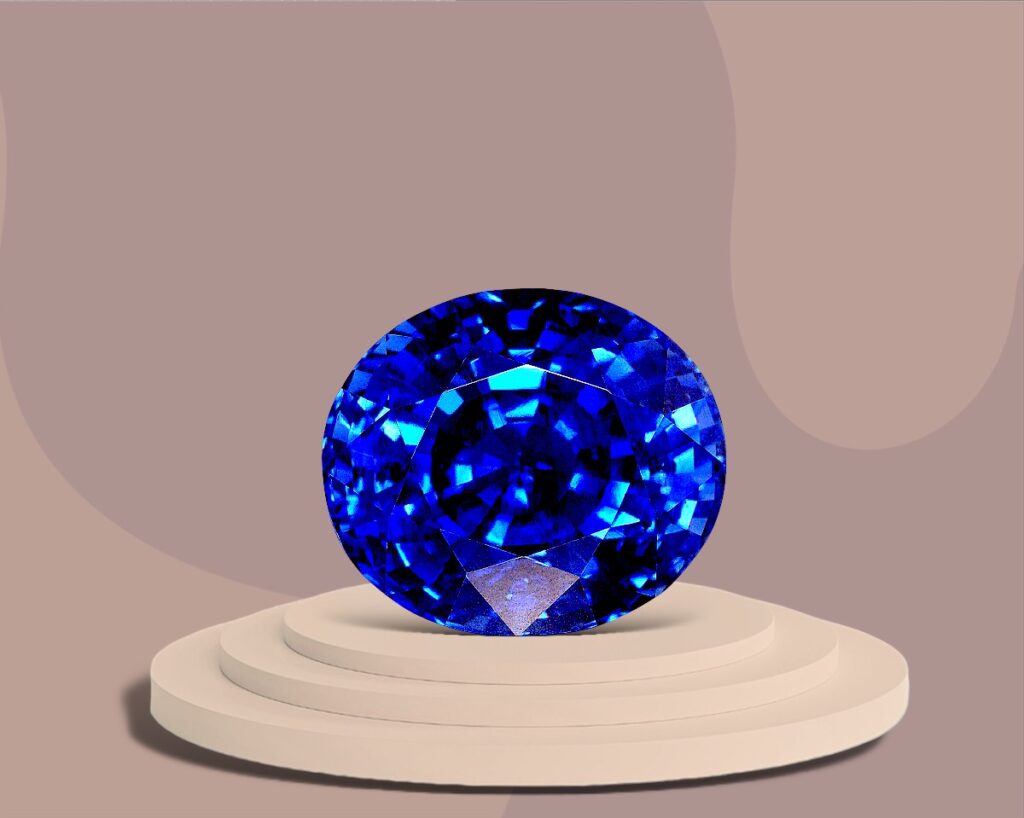
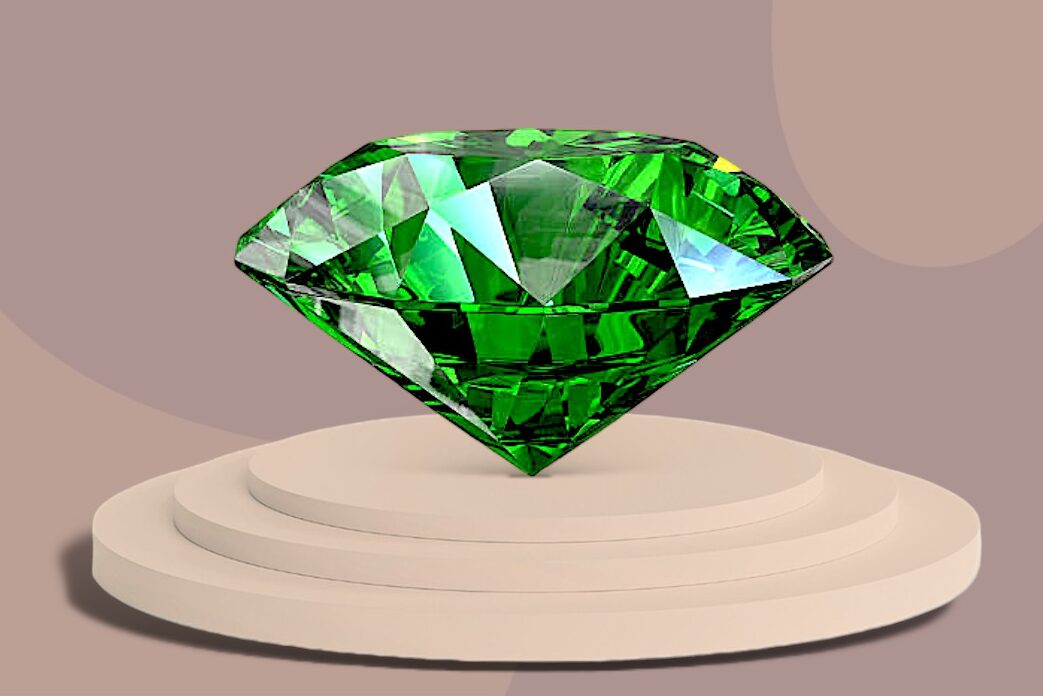
الأحجار الكريمة شبه الكريمة:
- الأحجار الكريمة شبه الكريمة أكثر وفرة من الأحجار الكريمة وتأتي في مجموعة واسعة من الألوان والأصناف. تشمل بعض الأحجار الكريمة شبه الكريمة الشائعة ما يلي:
- الجمشت: يُعرف الجمشت، وهو نوع أرجواني من الكوارتز الأرجواني، بخصائصه المهدئة والوقائية. وقد تم تقديره منذ العصور القديمة لجماله وقدراته العلاجية المفترضة.
- توباز: يمكن العثور على التوباز بألوان مختلفة، بما في ذلك الأصفر والأزرق والوردي. ويُعتقد أنه يجلب القوة والحكمة لمرتديه.
- الزبرجد: يرتبط هذا الحجر الأزرق الفاتح إلى الأزرق المخضر بالبحر ويُعتقد أنه يجلب الهدوء والصفاء والحماية.
- العقيق: يتوفر العقيق في مجموعة من الألوان، وغالبًا ما يكون العقيق أحمر اللون ويُعتقد أنه يلهم الحب والعاطفة والإبداع.
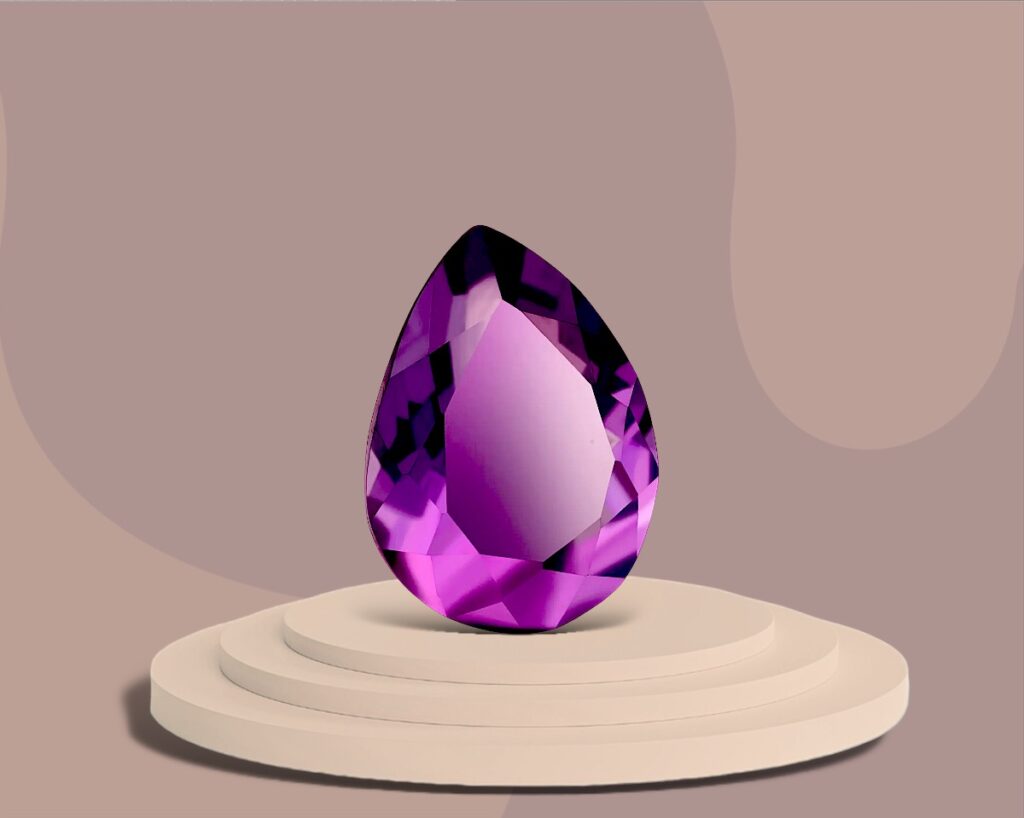


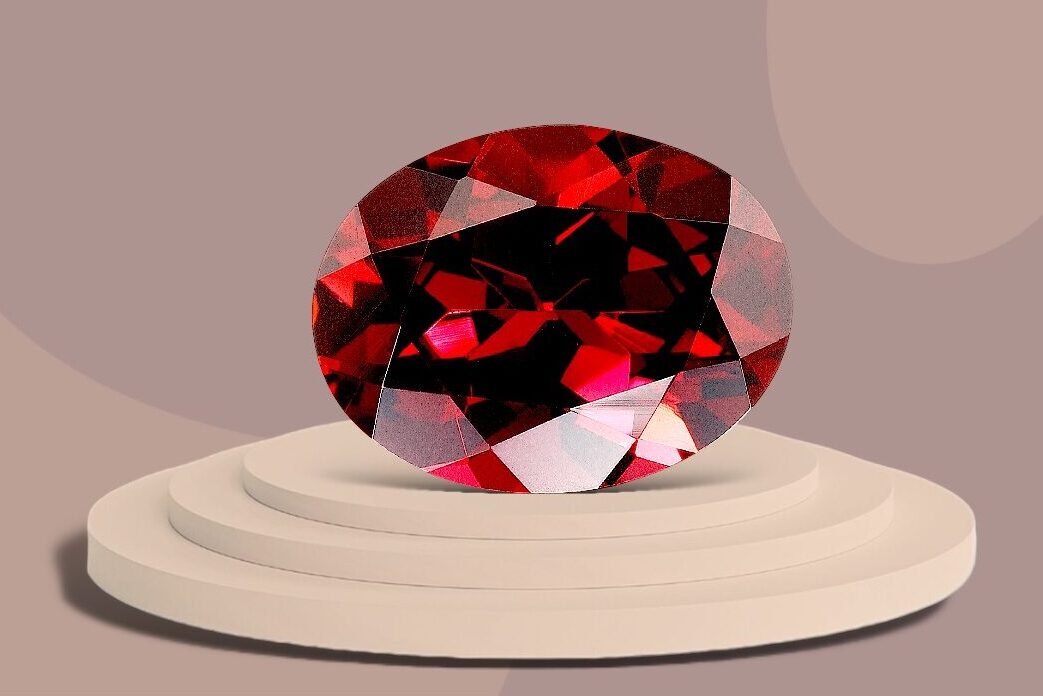
قيمة الأحجار الكريمة
يتم تحديد قيمة الأحجار الكريمة من خلال عدة عوامل، تُعرف عادةً باسم "العوامل الأربعة" بالنسبة للألماس، ولكن يمكن أن تنطبق هذه المبادئ أيضاً على الأحجار الكريمة الأخرى:
- اللون: لون الحجر الكريم هو أحد أهم العوامل في تحديد قيمته. فكلما كان اللون أكثر حيوية ونقاءً، زادت قيمته. على سبيل المثال، الألوان العميقة المشبعة مثل الأحمر في الياقوت الأحمر أو الأخضر في الزمرد هي ذات قيمة عالية.

- الوضوح: يشير مصطلح النقاء إلى وجود أو عدم وجود عيوب داخلية أو خارجية، والمعروفة باسم الشوائب والشوائب. تُعتبر الأحجار الكريمة التي تحتوي على شوائب أقل قيمةً، على الرغم من أن بعض الشوائب يمكن أن تضيف طابعاً مميزاً لبعض الأحجار.

- قص: يؤثر قطع الحجر الكريم على كيفية عكسه للضوء وإظهار تألقه. فالأحجار الكريمة المقطوعة بشكل جيد سوف تتألق وتظهر لونها بأفضل شكل ممكن. يمكن أن تؤثر جودة القطع على قيمة الحجر بشكل كبير.

- الوزن بالقيراط: يقيس الوزن بالقيراط حجم الحجر الكريم. وتعتبر الأحجار الكريمة الأكبر حجماً أكثر ندرة، وبالتالي أكثر قيمة، ولكن العوامل الأخرى (اللون والصفاء والقطع) تلعب أيضاً دوراً حاسماً في تحديد القيمة الإجمالية.

الدلالة الثقافية والرمزية:
لطالما ارتبطت الأحجار الكريمة بالعديد من الخرافات والأساطير والمعاني الرمزية. تعتقد العديد من الثقافات أن الأحجار الكريمة تمتلك قوى أو طاقات خاصة يمكن أن تؤثر على حياة مرتديها. فعلى سبيل المثال، يُعتقد أن الزمرد يجلب الحكمة والصبر، بينما يوفر الياقوت الأزرق الحماية والبصيرة الروحية.
أحجار الميلاد، وهو تقليد حديث ذو جذور قديمة، هي أحجار كريمة مرتبطة بكل شهر من شهور السنة. ويُعتقد أن ارتداء حجر الميلاد يجلب الحظ السعيد والحماية. على سبيل المثال، حجر الميلاد لشهر يناير هو حجر العقيق الذي يرمز إلى السلام والازدهار، بينما حجر الميلاد لشهر أبريل هو حجر الماس الذي يمثل الحب الأبدي والقوة.
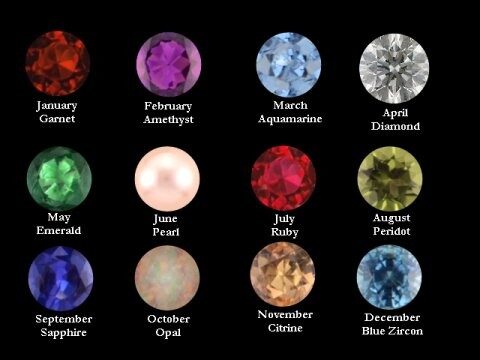
الخاتمة
الأحجار الكريمة ليست مجرد قطع جميلة من الطبيعة فحسب، بل هي أيضاً غارقة في التاريخ والثقافة والرمزية. وسواء استُخدمت الأحجار الكريمة في المجوهرات أو جُمعت كهواية أو تم اقتناؤها لخصائصها الميتافيزيقية المعتقدة، لا تزال الأحجار الكريمة تأسر الناس في جميع أنحاء العالم. وكما هو الحال مع أي سلعة قيّمة، فإن فهم منشأ الأحجار الكريمة وجودتها وآثارها الأخلاقية أمر ضروري لاتخاذ خيارات مستنيرة ومسؤولة.



